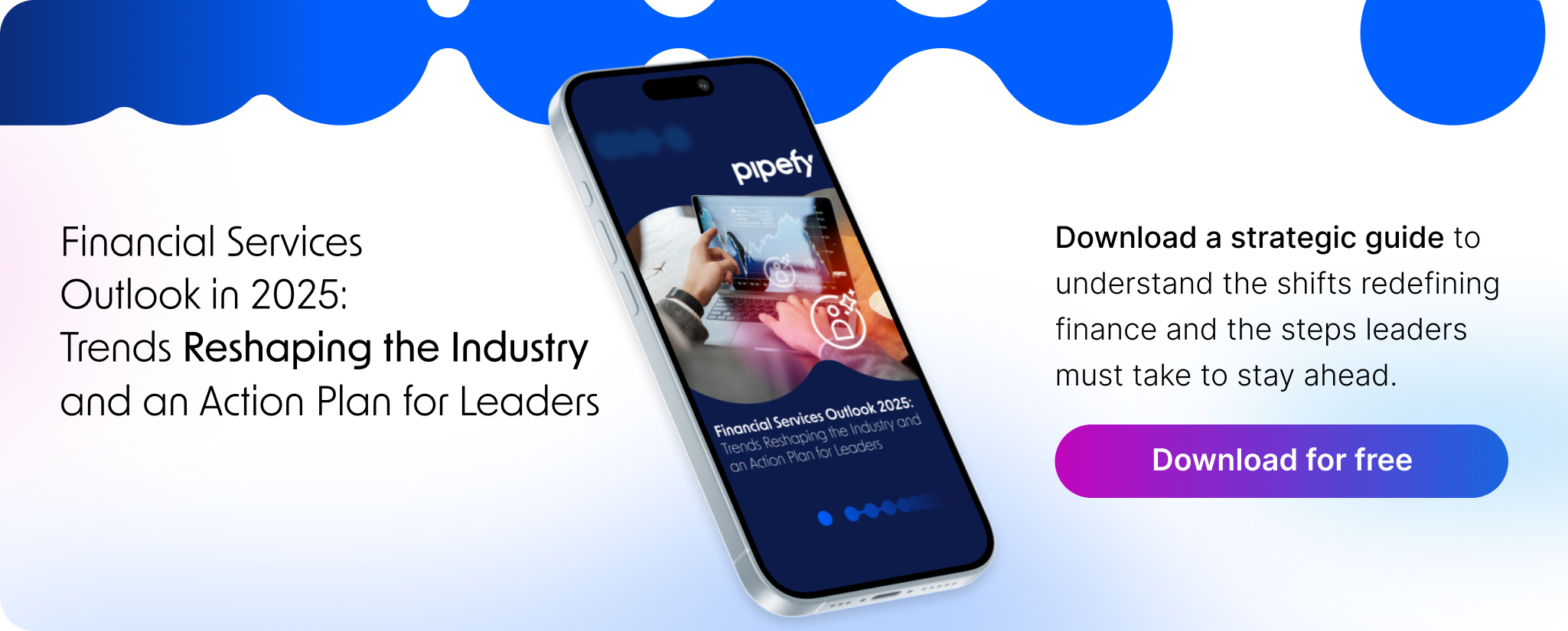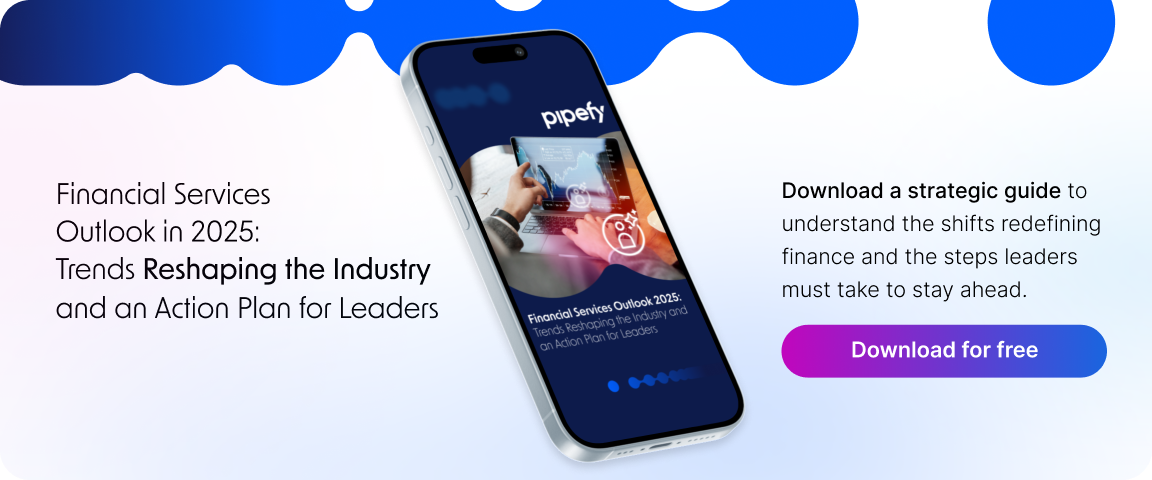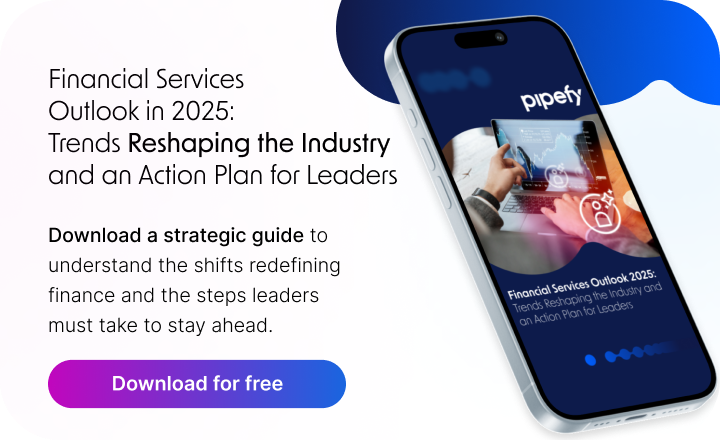
AI trends in process automation: now it’s time to discover how artificial intelligence is revolutionizing business operations and learn how to get started with smart automations. How about meet key trends and offers strategic recommendations to help your company thrive in the age of AI?
The Rise of intelligent automation
In the race for digitalization, process automation has become a crucial strategy for businesses aiming for greater efficiency and scalability. With the advent of Artificial Intelligence (AI), automation has reached a new level of maturity, creating what is known as “intelligent automation”. This powerful combination merges the structured execution of traditional automation with the adaptability of AI, resulting in processes that are more autonomous, agile, and strategic.

Key AI technologies driving automation
The demand for technologies that can handle real-time data and complex decisions has led to the integration of various AI branches into automation platforms. Here are some of the most relevant trends:
- Natural Language Processing (NLP): This technology allows systems to understand human language, which is vital for automating tasks like customer support and data extraction from documents.
- Computer Vision: By enabling systems to interpret visual data, computer vision is used to automate quality inspections, recognize patterns, and monitor processes in real-time in sectors like manufacturing and logistics.
- Generative AI: Models like ChatGPT and Gemini are being used to create content, automate responses, and generate insights from large datasets.
- Supervised Machine Learning: This approach uses labeled data to train models that predict outcomes and automate decisions, commonly applied in credit scoring, fraud detection, and predictive maintenance.
- Unsupervised Machine Learning: This technique identifies patterns in unlabeled data and is useful for customer segmentation and anomaly detection, helping companies uncover hidden insights without constant human oversight.
Read more: Automation with AI Agents: the complete guide to transforming your process
The power of AI Agents
AI agents are a significant trend, capable of automating end-to-end tasks without relying on fixed rules or manual commands. These agents can be categorized into three types based on their autonomy:
- Reactive Agents: These agents respond instantly to triggers, performing predefined actions when a specific input is detected.
- Proactive Agents: Going a step further, these agents anticipate needs based on patterns and historical data, and can autonomously act to prevent issues like process bottlenecks.
- Adaptive Agents: Representing the most advanced level of intelligence, adaptive agents learn and refine their behavior over time based on feedback and outcomes.
The future of automation points toward even greater potential with the rise of self-adjusting agents and the convergence of technologies like IoT, RPA, and blockchain.
Strategic recommendations for your AI journey
For businesses ready to embark on or accelerate their AI journey, a strategic approach is essential. Here are some key recommendations:
- Start with a Value-Oriented Assessment: Identify where AI can have a real impact by mapping critical bottlenecks and assessing your organization’s readiness in terms of data and infrastructure.
- Evaluate Your Organization’s Maturity: Companies with a low level of AI maturity should begin with simple, low-risk pilot projects.
- Build a Skilled and Multidisciplinary Team: Successful AI implementation requires diverse skills, including data scientists, project managers, and security experts.
- Establish Strong AI Governance: Create a framework with a dedicated AI committee, clear policies, and risk management practices to ensure ethical, secure, and transparent use of AI.
- Plan a Phased Implementation: A phased rollout, starting with diagnostics and controlled pilots, can minimize waste and increase the chances of success.
Read more: Beyond the Hype: The Measurable Benefits of AI Agents
Download the full report
To dive deeper into these trends and learn how to implement them in your organization, download our comprehensive report, “AI Trends in Process Automation: Everything You Need to Know“.
In the report, you’ll discover:
- How different industries are adopting AI in practice.
- Who the leading AI agents in automation are.
- A future outlook for intelligent automation.
- How platforms like Pipefy can transform operational workflows into smart processes.
Ready to take the next step? Just click the button below and fill out a quick form to access the content.










